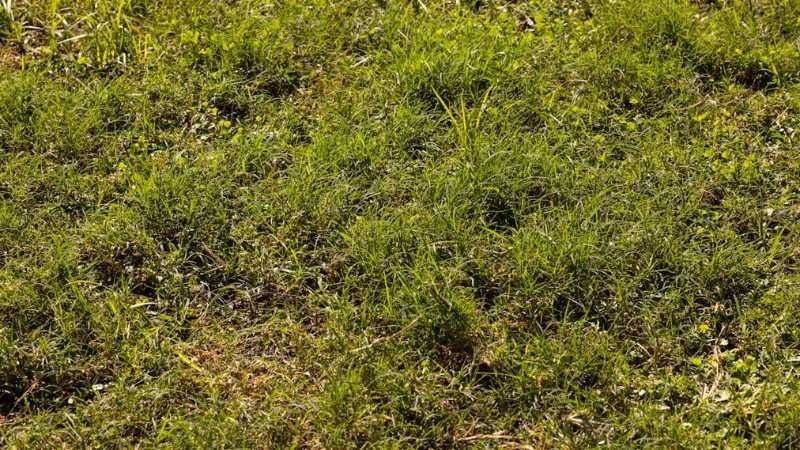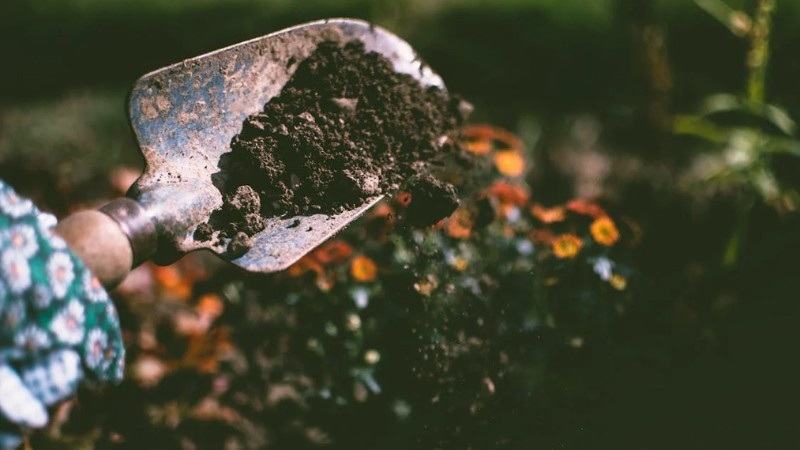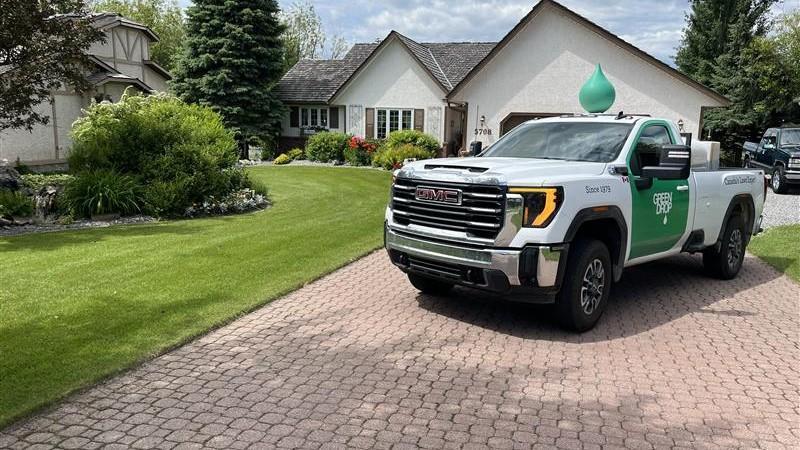How to Tell If Your Lawn Is Lacking Nutrients (And What to Do About It)
Reading time: 4 - minutesYou’re doing right by your lawn—you overseed in early spring and fall, spend hours every week tending to it, yet it still looks… meh.
Pale green zones, slow growth, patchy spots.
The problem may be deeper than you anticipated. It may be malnourished.
A malnourished lawn doesn’t always happen because of neglect; over time, rain, irrigation, and mowing can gradually deplete your soil's nutrient levels. And now you need to replenish.
Lawn health starts from the soil up, and if your grass isn’t getting the right balance of essential nutrients like nitrogen, phosphorus, and potassium, no amount of watering will fix it.

What Nutrient Deficiency Looks Like in a Lawn
Nutrient deficiencies show up in all sorts of visible ways, if you know what to look for. Here are some classic signs your lawn is running on empty:
- Yellowing blades (especially in older growth): Most often a sign of nitrogen deficiency.
- Purple or reddish streaks: Could indicate a lack of phosphorus.
- Bare patches or thinning: Your lawn might be missing potassium, which supports root strength and stress resistance.
- Stunted growth: If it’s not growing even with regular watering and mowing, something’s missing underground.
- Weeds taking over: Weak grass makes room for stronger invaders.
- Lawn looks faded or dull: Not enough nutrients means not enough chlorophyll. That lush green look? It comes from healthy, nutrient-fed cells.
How Soil Health Plays a Bigger Role Than You Think

You can have the best fertilizer in the world, but if your soil is tired, compacted, or missing key building blocks, your lawn won’t thrive. Here’s the thing: grass roots don’t absorb nutrients directly from fertilizer. They absorb nutrients from the soil, but only if that soil has the right structure, moisture balance, and microbial life.
When soil is compacted, water and nutrients can’t move through it properly. Roots struggle to grow, and even the best fertilizer ends up sitting on the surface or running off into your sidewalk. Likewise, when soil is depleted, there might not be enough organic matter or microbes to help break down fertilizer into a form your grass can use.
What to Do If You Suspect a Deficiency
Step 1: Read the Clues
Yellowing grass, stunted growth, or patchy thin areas can all point to specific nutrient gaps. Nitrogen is usually the first suspect, but phosphorus and potassium play just as crucial a role. Don’t assume it’s always the same fix; every lawn is different.
Step 2: Check Your Fertilizer History
Your fertilizer is your lawn’s meal plan. The type, timing, and balance of fertilizer matters more than you think.
When was the last time you fertilized, and what did you use?
Nitrogen powers green top growth. Phosphorus strengthens roots. Potassium boosts stress resistance (heat, drought, disease). Too much of one and not enough of the others means an imbalanced diet. Your lawn might look good briefly, but it won’t stay healthy.
If your lawn hasn’t had a feeding in over 8 weeks (during the growing season), it could simply be running low. But if you have fertilized recently and the results are underwhelming, that’s a red flag. Either the nutrients aren’t right, or they’re not reaching the roots.
Step 3: Rule Out the Basics
Make sure other issues aren’t getting in the way:
- Has the lawn been compacted by foot traffic or heavy equipment?
- Is the soil draining properly, or is it staying soggy for days after rain?
- Are you cutting too short and stressing the grass out?
If any of these sound familiar, start by correcting them before you think of fertilizer or soil amendments.
Step 4: Aerate and Assess
Core aeration opens up the soil, allowing nutrients, water, and oxygen to reach the root zone more effectively. It’s a solid first step for most underperforming lawns, and a must before applying any deeper treatments.
Once you’ve aerated, observe how your lawn responds over the next 1–2 weeks. If colour and density don’t improve with watering and a balanced fertilizer, there’s likely a deeper issue underground.
Step 5: Repair the Soil, Not Just the Surface
At this stage, it’s time to look under the hood. That’s where products like SoilBooster™ really shine. It’s not a quick hit of nutrients; it’s a full-system reset for your soil. By activating microbial life and improving structure, it helps your lawn actually use the nutrients that are already there.
You can also boost long-term results by topdressing with compost or incorporating organic matter into high-traffic or visibly weak zones.
Timeline of Results (What to Expect)
If your lawn is nutrient-depleted, you’ll want to see progress from yesterday. Totally fair, but also unrealistic.
Here’s what to expect once you start feeding your lawn the good stuff and improving soil conditions:
- In the first 1–2 weeks, you’ll likely notice greener grass, a slight uptick in growth, and a generally fresher look, especially after watering or rainfall. That’s your lawn responding to nitrogen and other quick-acting nutrients.
- By 4–6 weeks, deeper recovery sets in. You’ll start to see denser turf, better resistance to heat or drought, and previously thin patches beginning to fill in (especially if you’ve aerated or overseeded).
Remember, A Healthy Lawn Starts Below the Surface

A tired, nutrient-starved lawn is frustrating… but also fixable. Whether your grass needs a boost of fertilizer or your soil’s crying out for help, the solution starts with giving your lawn what it’s truly missing.
At Green Drop, we don’t guess, we assess.
Our regionally tailored fertilizer programs and SoilBooster™ treatments are designed to revive lawns from the roots up, delivering real results that last through the season.
So if your yard’s been looking a little off lately, don’t wait for things to get worse. We serve homeowners across Winnipeg, Calgary, Red Deer, Edmonton, Saskatoon, and Regina, and we’re ready to help your lawn bounce back.

